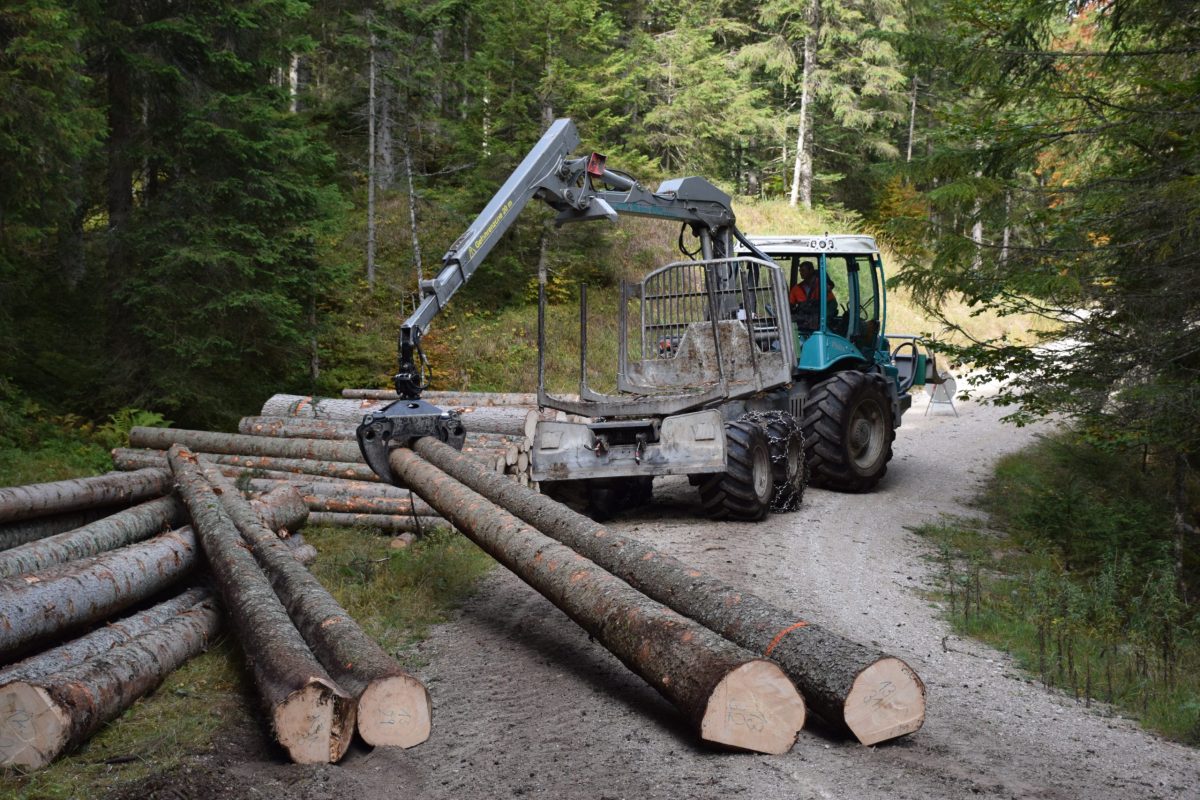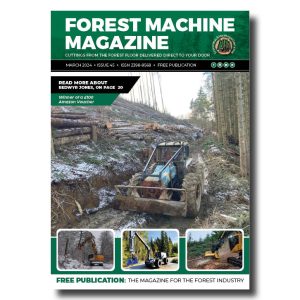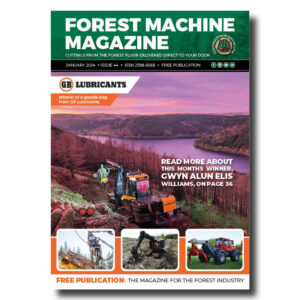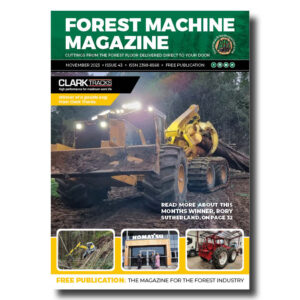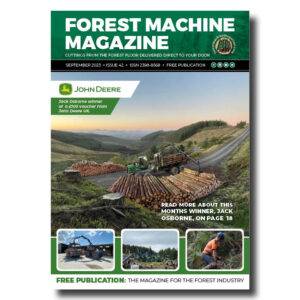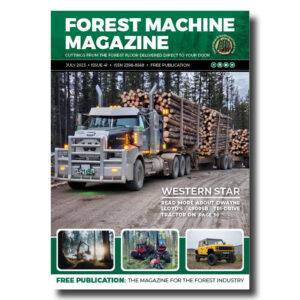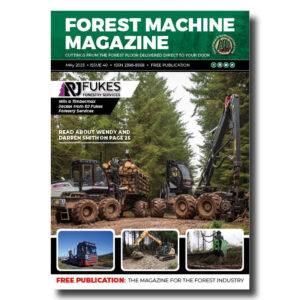The implementation of the EU Deforestation Regulation is expected to cost the German wood industry €1.8 billion, with ongoing annual costs of around €1.2 billion
The EU Deforest Regulation (EUDR), effective from January 2026, requires all companies in the supply chain to ensure that wood products are not linked to deforestation.
The survey, conducted in August 2025, involved over 400 companies across the entire supply chain, from timber purchasers and processors to manufacturers of furniture, packaging, and paper products, as well as traders. Results reveal widespread unpreparedness: more than half of all companies, and nearly two-thirds of small and medium-sized enterprises (SMEs), expect not to meet the compliance deadline. Only 39% reported that they are likely or certain to implement the regulation by year-end.

-
That’s a remarkable amount of work hours for a single machine, the Norcar 600 owned by Erkki Rinne is taken well care of, it even has the original Diesel engine.
-
Kieran Anders is a forestry contractor working in the lake district. His work involves hand cutting and extracting timber using a skidder and tractor-trailer forwarder.
-
It is not possible to eliminate chain shot, but there are simple steps that can be taken to reduce the risk.
-
Arwel takes great pride in the fact that the mill has no waste whatsoever, “the peelings are used for children’s playgrounds, gardens and for farm animals in barns in the winter and the sawdust has multiple uses in gardens and farms as well.
-
Timber hauliers need to encourage young blood in, and also look after the hauliers we have, we need make the sector a safe and positive place to work.
FIND US ON
HDH President Johannes Schwörer warns of significant disruptions: “The low level of preparedness could paralyze the entire supply chain and halt the use of wood products. Missing data from upstream suppliers is a major risk, potentially leading to supply shortages, production declines, and short-time work.”
Implementation Challenges and Costs
EUDR compliance requires extensive, often manual data entry, making additional personnel the largest cost driver, followed by software and data exchange expenses. Over half of companies anticipate needing at least half a full-time staff position to handle compliance tasks.
Schwörer emphasizes that the regulation creates unnecessary bureaucracy for EU countries like Germany, where deforestation is negligible. Europe already has satellite monitoring and sustainability certifications to track forest health. He urges the government to implement the agreed “zero-risk category” for wood from countries with no deforestation risk, which would eliminate unnecessary reporting requirements.
The survey included companies of all sizes: 25% micro-enterprises (<50 employees), 37% SMEs (50–250 employees), and 39% large enterprises (>250 employees). Costs were calculated based on average per-company estimates, weighted by company size and supplier networks.
The HDH warns that without immediate action to simplify the EUDR and ensure proper information flow along supply chains, the regulation could disrupt operations across the German wood industry and beyond.
Source: holzindustrie.de

Sign up for our free monthly newsletter here
Contact forestmachinemagazine@mail.com to get your products and services seen on the world’s largest professional forestry online news network.
#homeoflogging #writtenbyloggersforloggers #loggingallovertheworld
Written by loggers for loggers and dedicated solely to the equipment used in forestry operations.

